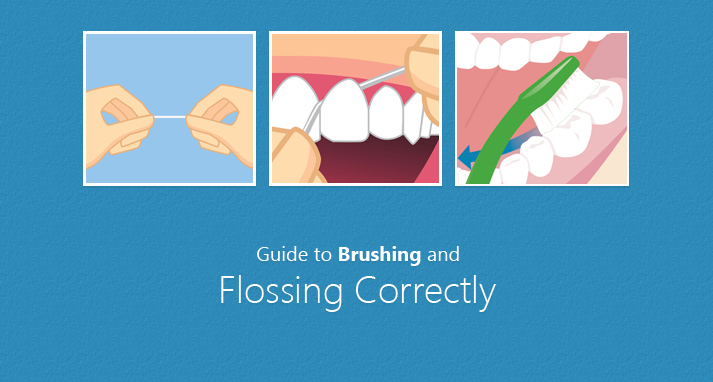33 Abbey Parade, Wimbledon, London SW19 1DG
33 Abbey Parade, Wimbledon, London SW19 1DG

Brushing and flossing your teeth, sounds simple doesn’t it? We do it every day. Well hopefully we all do that and do it properly because it is the only way to prevent tooth decay and gum disease. Our dentist has some advice on how to floss your teeth, how to brush them properly and to give you the fact on the causes of gum disease.
Gum disease occurs because of bacteria found in tartar and plaque. Plaque is the sticky film that coats the teeth. It is comprised of food, bacteria, mucus, and assorted other particles. If plaque builds up on the teeth it will harden into tartar, providing a home for bacteria and it is the bacteria in plaque and tartar that gives rise to gum inflammation, known as gingivitis. Once tartar has formed it can only be removed by a dentist or dental hygienist.
Gingivitis is what the early stage is called where the gums will become red, swollen and tender and will bleed easily. If caught early, proper brushing and knowing how to floss your teeth can reverse gingivitis.
Increased inflammation and bleeding around the tooth indicates the beginning of Mild to moderate periodontitis where bacterial poisons in plaque and the body's defences begin to break down the attachment between the gum and the tooth. The gums will then start to pull away from the tooth and pockets full of infected material will form. At this stage an early loss of bone around the teeth may be seen. Treatment now is critical if further loss of bone and tooth loosening is to be prevented.
Once the disease progresses to being advanced periodontitis, there will be further deepening of the gum pockets, and the bone that holds teeth in place will be severely eroded. Now teeth might be so loose that they have to be removed if periodontal treatment cannot restore the bone support. The signs and symptoms of periodontal disease will usually be evident when the condition has significantly advanced. And may be:
Brushing and flossing at least twice a day will help prevent cavities, gum infections, and the loss of teeth. Tooth cleaning and regular dental check ups at least once yearly are also very important.
Flossing is essential to remove plaque and food particles stuck between teeth and under the gum line. To floss correctly:
A healthy diet will help you maintain the health of your teeth and gums.